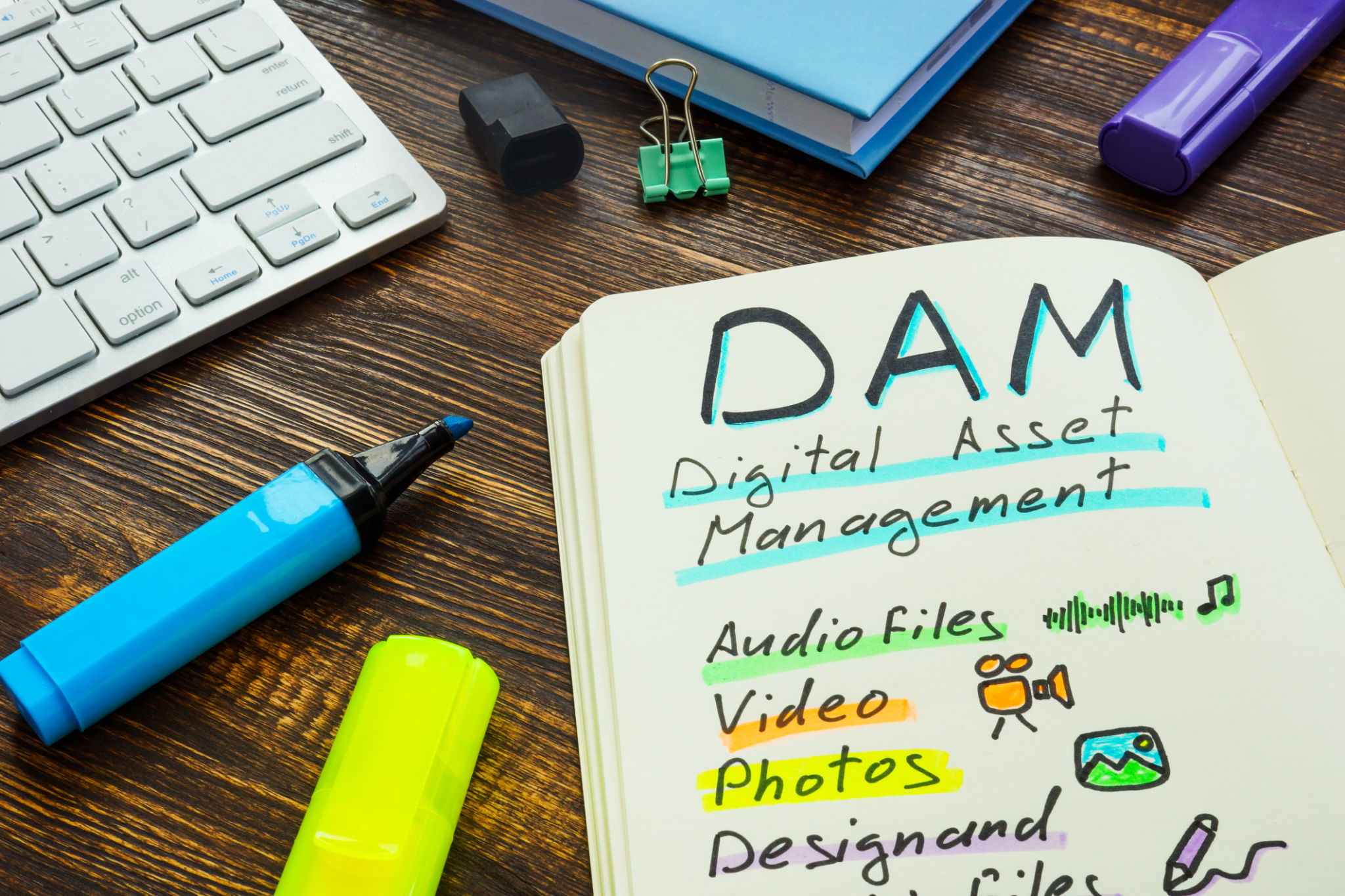Navigating Digital Assets in Dingley Village: Expert Tips for Beginners
Understanding Digital Assets
In today's digital age, understanding how to manage digital assets is crucial for anyone looking to establish a strong online presence. Whether you're a small business owner in Dingley Village or just starting your personal blog, navigating digital assets can be overwhelming. However, with a few expert tips, you can easily manage and optimize your digital resources.
Digital assets can include anything from images and videos to documents and spreadsheets. Knowing how to categorize, store, and retrieve these files efficiently will save you time and effort in the long run. Let's dive into some essential tips to get you started on the right foot.

Organizing Your Digital Files
Create a Systematic Folder Structure
One of the first steps in managing digital assets is creating a systematic folder structure. This involves organizing files in a way that makes sense for your specific needs. Start by categorizing files into broad categories and then create subfolders for more specific types of content. For instance, you might have a main folder labeled "Marketing Content" with subfolders for "Images," "Videos," and "Documents."
Consistently naming your files is another crucial aspect of organization. Use descriptive names that include dates or keywords to make searching easier. Avoid using generic names like "Document1" or "Image2" as these can become confusing over time.

Utilizing Digital Asset Management Tools
Choose the Right Software
There are numerous digital asset management (DAM) tools available that can help streamline your asset organization process. These tools offer features such as tagging, metadata management, and version control, which are invaluable for keeping track of your files. Popular options include Adobe Experience Manager, Widen Collective, and Bynder.
When selecting a DAM tool, consider factors such as ease of use, integration capabilities, and cost. Many tools offer free trials, so take advantage of these to find the one that best suits your needs before committing.

Backing Up Your Digital Assets
Ensure Data Security
Backing up your digital assets is essential to prevent data loss due to hardware failures or cyberattacks. Utilize cloud storage solutions like Google Drive, Dropbox, or Microsoft OneDrive to store copies of your important files. These platforms not only provide secure storage but also offer easy access from any device with an internet connection.
Additionally, consider setting up automated backups to ensure that your files are regularly saved without requiring manual intervention. This proactive approach can save you from potential headaches down the road.
Optimizing Digital Assets for Maximum Impact
Enhance File Formats and Sizes
To ensure your digital assets are optimized for use across various platforms, pay attention to file formats and sizes. For example, using JPEG or PNG formats for images ensures compatibility with most websites and social media platforms. Compressing files without sacrificing quality can also improve load times and user experience.
Regularly audit your digital assets to remove outdated or redundant files. This not only frees up storage space but also makes it easier to find the most relevant content when needed.

Conclusion
Effectively navigating digital assets in Dingley Village requires a combination of organization, the right tools, and regular maintenance. By implementing these expert tips, you'll be well on your way to managing your digital resources with confidence. Whether for personal use or business growth, mastering digital asset management can lead to greater efficiency and success in the digital world.